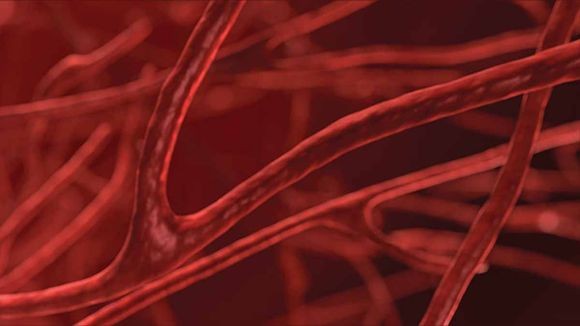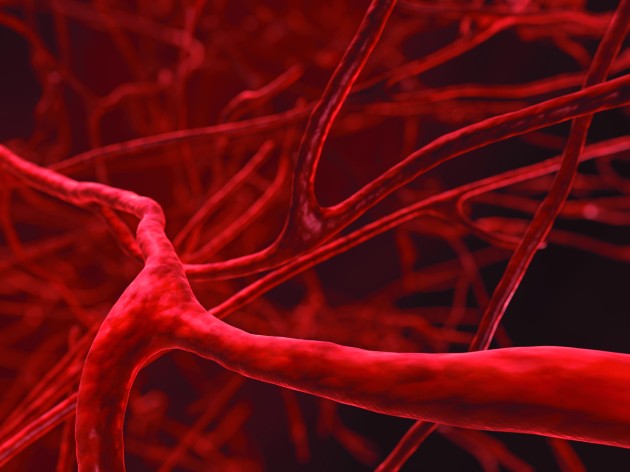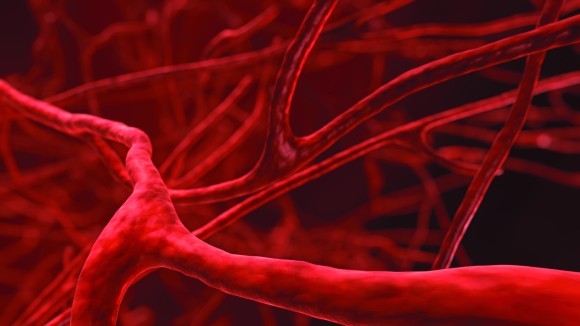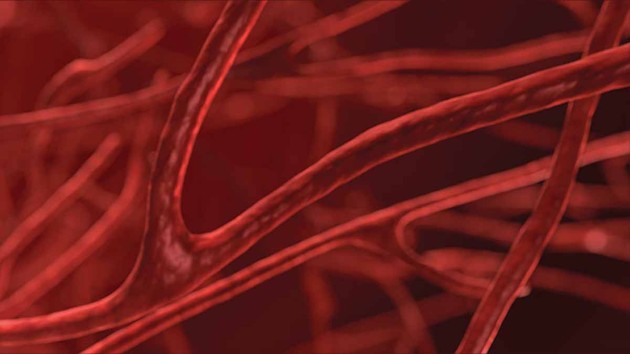Collections
Filters
-
Collection Type
-
-
-
Collection |
 Reader's Choice 2021
Reader's Choice 2021
In this collection we highlight a selection of articles from 2021, which top the list of the journal’s most cited, downloaded and most shared (including press coverage, blogs, Twitter, Facebook and Weibo). They showcase the breadth of scope and coverage that the journal consistently delivers to its readers.
-
Collection |
 Blood pressure measurement - new insights, challenges and controversies
Blood pressure measurement - new insights, challenges and controversies
The accurate measurement and interpretation of blood pressure under variable clinical circumstances still represents a major challenge and yet is vital to the optimal detection and management of hypertensive states. The Journal of Human Hypertension is proud to present a special web collection bringing together articles exploring a wide variety of issues pertaining to blood pressure measurement, all of them published in JHH within the last three years. Ambulatory versus office, attended office measurement versus unattended, dippers versus non-dippers, variability and morning surges, new devices and the effects of atrial fibrillation and pregnancy are all covered in these pages. We hope you enjoy this potpourri of high quality, informative publications on this important topic.
Image: Photographer, Basak Gurbuz Derman -
Supplement |
 Abstracts from the 2021 Annual Scientific Meeting of the British and Irish Hypertension Society (BIHS)
Image: 41371_35_9
Abstracts from the 2021 Annual Scientific Meeting of the British and Irish Hypertension Society (BIHS)
Image: 41371_35_9 -
Collection |
 Reader's Choice 2020
Reader's Choice 2020
See what scientists worldwide have been reading, citing and sharing.
Image: Mordolff, Getty -
Collection |
Asian-Pacific Congress of Hypertension 2019
The 15th Asian-Pacific Congress of Hypertension was held in Brisbane, Australia between 24th-27th November 2019. A major strength of the Congress was the quality of the program, which opened with a day of satellite meetings, all of them investigator-driven. The topics for these satellites were handpicked by the Congress organizers to represent areas of hypertension research that were of particular current interest or in some way ground-breaking and therefore likely to attract leaders in their respective fields. In this collection we are pleased to showcase a mix of enlightening papers representing two of the four satellites: Aldosterone and Hypertension and Gut Microbiome and Hypertension.
-
Collection |
 Editor's Choice
Editor's Choice
The Editors of the Journal of Human Hypertension are delighted to share with you an Editor's Choice selection of key papers that highlight some of the best current research published in the journal. These papers showcase the breadth of scope and coverage that the Journal of Human Hypertension consistently delivers to its readers, and have been selected because readers of the journal will find them particularly interesting or useful. The Editor's Choice article from the current issues will be freely accessible for one month.
-
Collection |
 Hypertension and the Kidney
Hypertension and the Kidney
The kidneys are involved in the pathogenesis of primary hypertension and many forms of secondary hypertension, but they also represent typical targets of high blood pressure. Uncontrolled hypertension leads to structural and functional changes in the kidney, evidenced, among others, as increased albuminuria and loss of glomerular filtration rate. This group of articles covers several aspects of the bi-directional relationship between hypertension and the kidneys, including involvement of the kidneys in the pathogenesis of hypertension, evolution of hypertension-associated kidney damage, prognostic associations of BP metrics for kidney disease progression and management of BP in patients with chronic kidney disease.
Image: ALFRED PASIEKA/SCIENCE PHOTO LIBRARY -
-
Collection |
 Hypertension and the Heart
Hypertension and the Heart
The heart is one of the major organs directly affected by hypertension as part of the so called “Hypertension mediated organ damage”. It leads to structural changes such as left ventricular hypertrophy and arrhythmias such as atrial fibrillaton and increases the risk for atherosclerotic cardiovascular disease. This group of articles focuses on the direct effects of hypertension on the heart and the pathogenesis and management of these effects.
-
Collection |
 The best of the Journal of Human Hypertension 2018 - 2019
The best of the Journal of Human Hypertension 2018 - 2019
See what scientists world-wide have been citing, reading and sharing. In this Web Collection we highlight a selection of articles from 2018 and 2019 which top the list of the journal's most cited, most read and most shared (including press coverage, blogs and Twitter). They showcase the breadth of scope and coverage that the Journal of Human Hypertension consistently delivers to its readers

 Abstracts from the 2022 Annual Scientific Meeting of the British and Irish Hypertension Society (BIHS)
Abstracts from the 2022 Annual Scientific Meeting of the British and Irish Hypertension Society (BIHS)
 Emerging Authors Programme - building research publication capacity in low- and middle-income countries
Emerging Authors Programme - building research publication capacity in low- and middle-income countries
 Abstracts from the 2020 Annual Scientific Meeting of the British and Irish Hypertension Society (BIHS)
Abstracts from the 2020 Annual Scientific Meeting of the British and Irish Hypertension Society (BIHS)